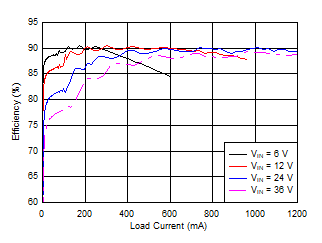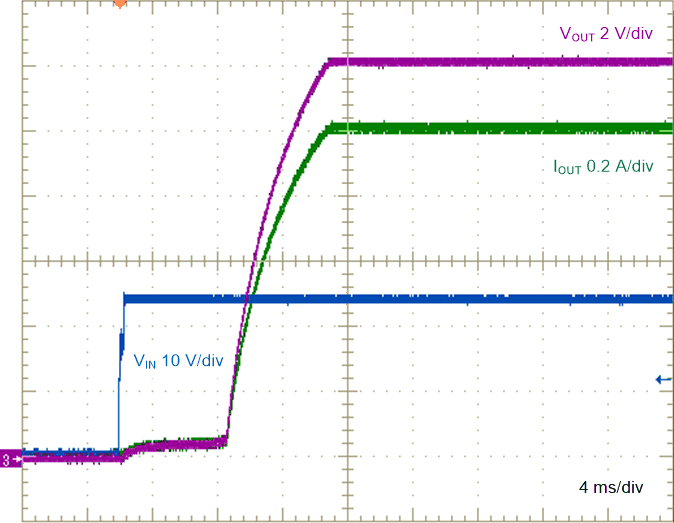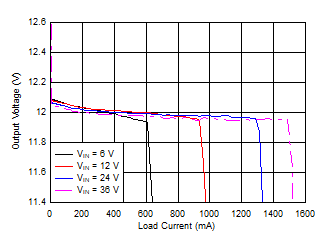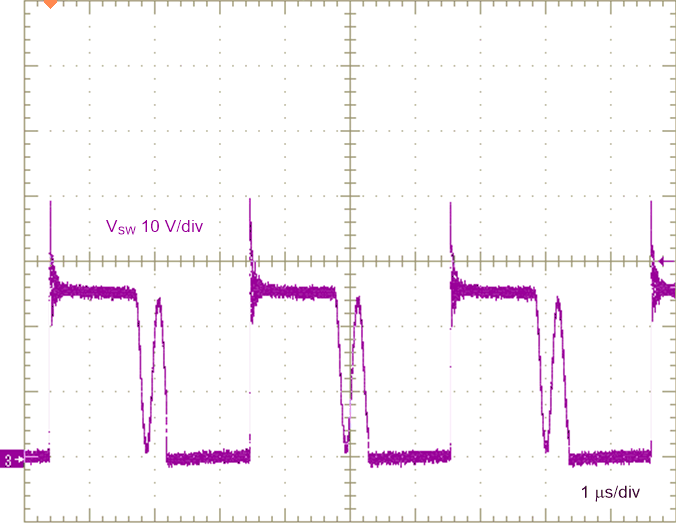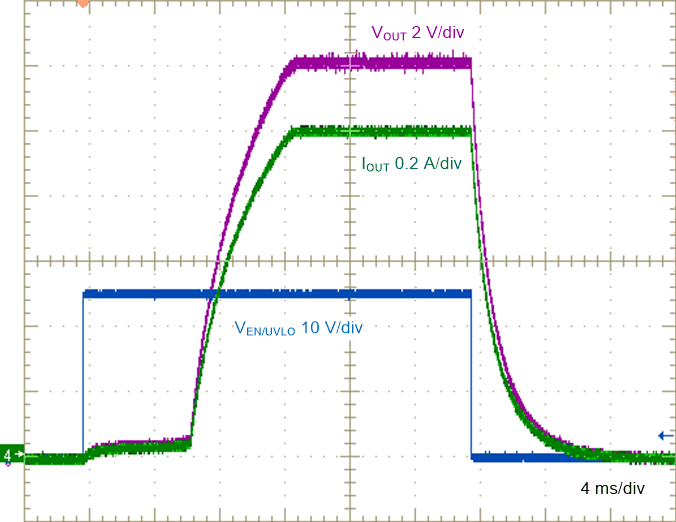ZHCSKZ6A March 2020 – August 2020 LM25184
PRODUCTION DATA
- 1 特性
- 2 应用
- 3 说明
- 4 Revision History
- 5 Pin Configuration and Functions
- 6 Specifications
-
7 Detailed Description
- 7.1 Overview
- 7.2 Functional Block Diagram
- 7.3
Feature Description
- 7.3.1 Integrated Power MOSFET
- 7.3.2 PSR Flyback Modes of Operation
- 7.3.3 Setting the Output Voltage
- 7.3.4 Control Loop Error Amplifier
- 7.3.5 Precision Enable
- 7.3.6 Configurable Soft Start
- 7.3.7 External Bias Supply
- 7.3.8 Minimum On-Time and Off-Time
- 7.3.9 Overcurrent Protection
- 7.3.10 Thermal Shutdown
- 7.4 Device Functional Modes
-
8 Application and Implementation
- 8.1 Application Information
- 8.2
Typical Applications
- 8.2.1
Design 1: Wide VIN, Low IQ PSR Flyback Converter Rated at 12 V, 1 A
- 8.2.1.1 Design Requirements
- 8.2.1.2
Detailed Design Procedure
- 8.2.1.2.1 Custom Design With WEBENCH® Tools
- 8.2.1.2.2 Custom Design With Excel Quickstart Tool
- 8.2.1.2.3 Flyback Transformer – T1
- 8.2.1.2.4 Flyback Diode – DFLY
- 8.2.1.2.5 Leakgae Inductance Clamp Circuit – DF, DCLAMP
- 8.2.1.2.6 Output Capacitor – COUT
- 8.2.1.2.7 Input Capacitor – CIN
- 8.2.1.2.8 Feedback Resistor – RFB
- 8.2.1.2.9 Thermal Compensation Resistor – RTC
- 8.2.1.2.10 UVLO Resistors – RUV1, RUV2
- 8.2.1.2.11 Soft-Start Capacitor – CSS
- 8.2.2 Application Curves
- 8.2.3 Design 2: PSR Flyback Converter With Dual Outputs of 15 V and –8 V at 0.5 A
- 8.2.1
Design 1: Wide VIN, Low IQ PSR Flyback Converter Rated at 12 V, 1 A
- 9 Power Supply Recommendations
- 10Layout
- 11Device and Documentation Support
- 12Mechanical, Packaging, and Orderable Information
6.6 Typical Characteristics
VIN = 24 V, VEN/UVLO = 2 V (unless otherwise stated).
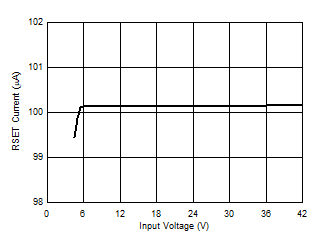 Figure 6-7 RSET Current versus Input Voltage
Figure 6-7 RSET Current versus Input Voltage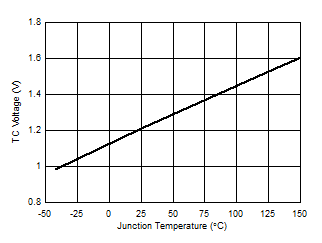 Figure 6-9 TC Voltage versus Temperature
Figure 6-9 TC Voltage versus Temperature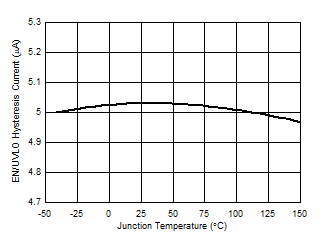 Figure 6-11 EN/UVLO Hysteresis Current versus Temperature
Figure 6-11 EN/UVLO Hysteresis Current versus Temperature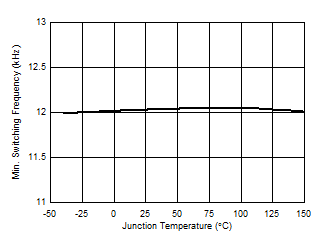 Figure 6-13 Minimum Switching Frequency versus Temperature
Figure 6-13 Minimum Switching Frequency versus Temperature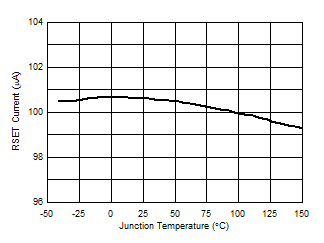 Figure 6-8 RSET Current versus Temperature
Figure 6-8 RSET Current versus Temperature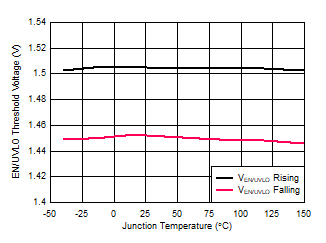 Figure 6-10 EN/UVLO Threshold Voltages versus Temperature
Figure 6-10 EN/UVLO Threshold Voltages versus Temperature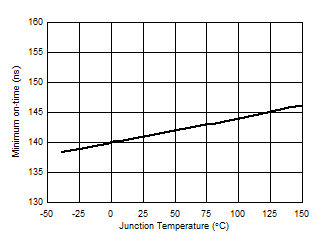 Figure 6-12 Minimum Switch On-Time versus Temperature
Figure 6-12 Minimum Switch On-Time versus Temperature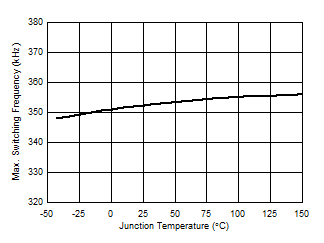 Figure 6-14 Maximum Switching Frequency versus Temperature
Figure 6-14 Maximum Switching Frequency versus Temperature